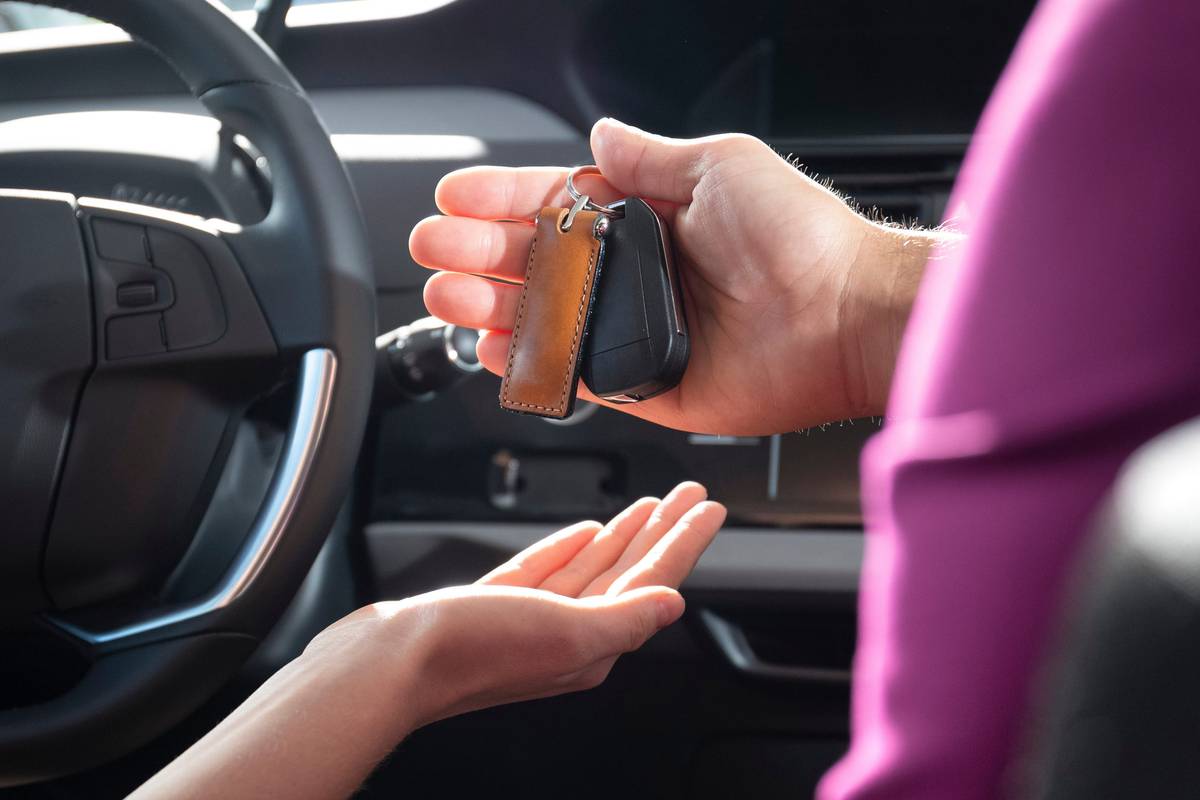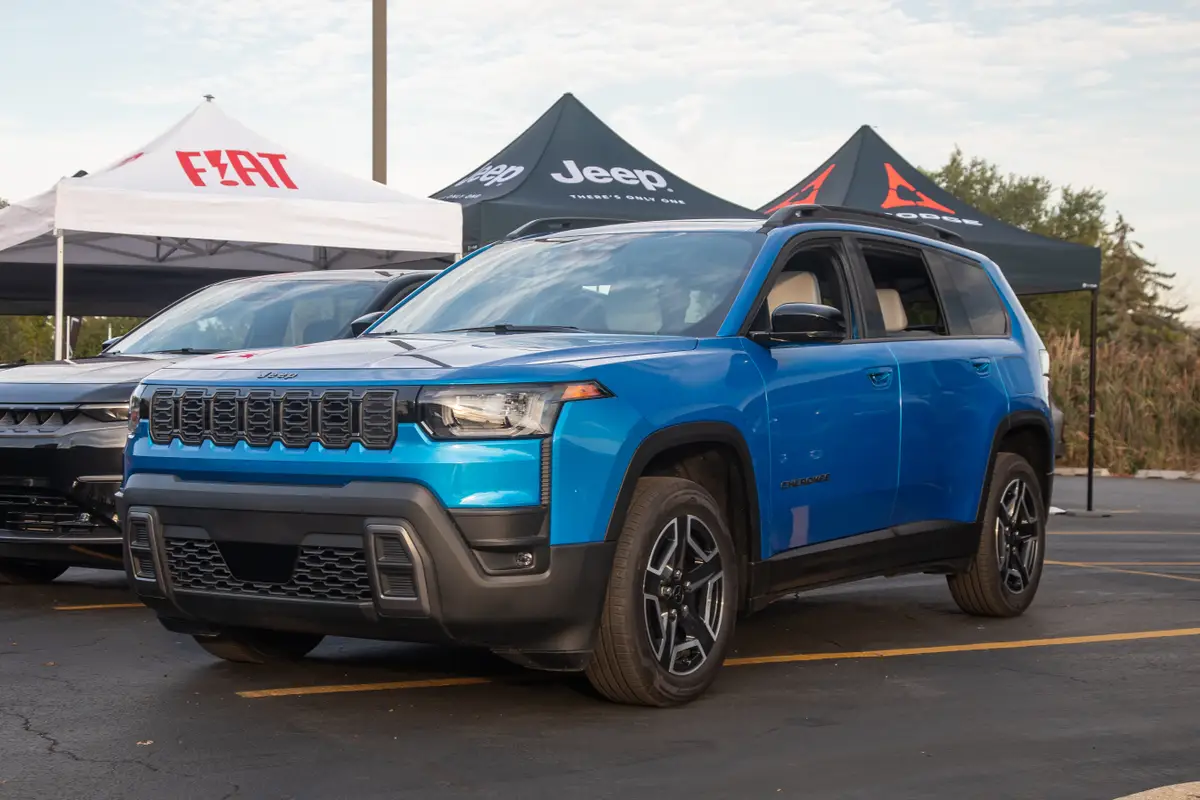Selling Your Car: Conducting a Test Drive

Few people would buy a car from a dealer without test-driving it first. The same is true when dealing with a private-party seller: It may seem odd to hand your keys to a stranger, but having a game plan to protect yourself and your car will help the process go smoothly. If you’re getting ready to sell your car, arm yourself with the advice below before letting a potential buyer take the wheel.
Related: Prepare to Sell
Safety First
Before you meet a potential buyer for a test drive, it’s a good idea to speak with them over the phone. A phone conversation can give you a better read on the person you’re dealing with and also help you gauge how serious they are about buying the vehicle. Beware of shoppers who only want to communicate through email or text messages, and pass on buyers that raise any additional red flags.
It’s best to set up the test drive somewhere other than your home. Public locations like shopping malls or local police stations can be better start- and end points. When possible, bring along a friend for peace of mind, and make sure family or friends know your plans.
Use the Time Wisely
When possible, accompany prospective buyers on the test drive. This is crucial because it gives you more selling time, and it spares you the distress of watching a stranger drive away in your car. When riding along, point out all the features you love about your car, including things you didn’t have room to mention in your ad. You have a captive audience — make the most of your time.
Before hitting the road, plan a test-drive route that allows the potential buyer to experience a variety of driving situations: highways, backroads and local traffic. Familiarize the driver with any nonintuitive vehicle controls or unique vehicle features to help them feel more confident behind the wheel.
Protect Your Vehicle
If the buyer makes a special request to go it alone and you’re comfortable with that, make a copy of his or her driver’s license. Assuming you don’t have quick access to a copy machine, take a photo of the license on your phone or simply jot down the name, address and driver’s license number. Also, confirm that the driver’s license information meshes with what you were told when you first made contact. Lastly, set a time limit for the test drive and exchange cellphone numbers.
Liability insurance coverage shouldn’t be an issue. Many insurance policies cover anyone who drives your car as long as they’re doing so with your permission and have a valid driver’s license. Verify your policy’s details; if it doesn’t offer this protection, ask to see proof of the buyer’s insurance. Make sure the driver has full coverage, which includes collision, liability and comprehensive.
If you’re ready to sell the car immediately following the test drive, make sure you can transfer ownership seamlessly. Have all the necessary paperwork and extras on hand, including the vehicle’s title and a bill of sale (if required). It’s a good idea only to accept a cashier’s check or cash for payment — personal checks carry more risk.
Should you follow these simple guidelines, the process of handing over the keys to a private-party buyer will be far less stressful. .
More From Cars.com:
- How to Transfer Ownership When You Sell Your Car
- What’s the Best Way to Take Payment for My Used Car?
- What Are the Used Cars With the Highest Rising Resale Value?
- Which Cars Have the Best Resale Value for 2022?
- Sell Your Car
Related Video:
Cars.com’s Editorial department is your source for automotive news and reviews. In line with Cars.com’s long-standing ethics policy, editors and reviewers don’t accept gifts or free trips from automakers. The Editorial department is independent of Cars.com’s advertising, sales and sponsored content departments.
Featured stories



